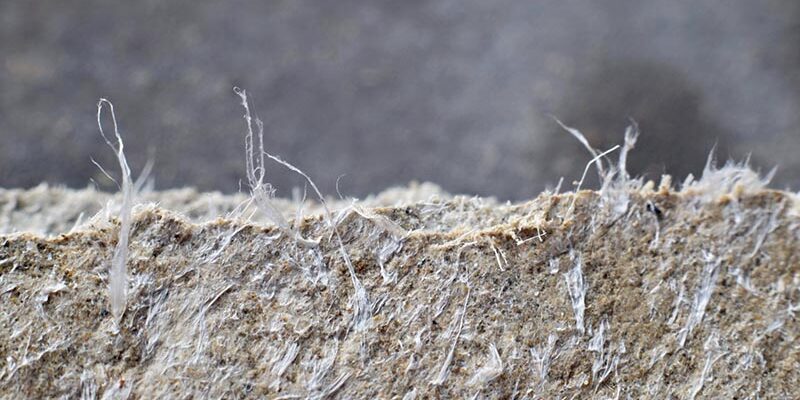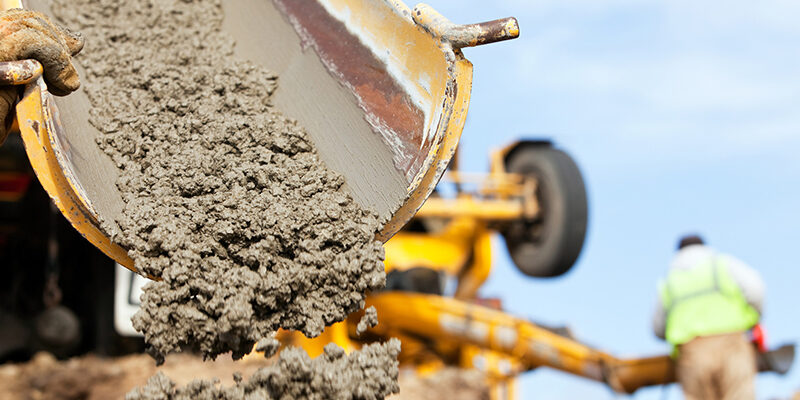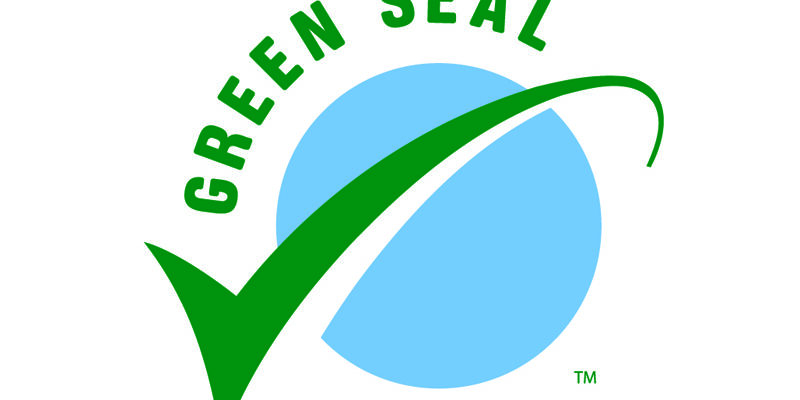Fully Equipped

By Jeff Cross
When you think of the vast selection of cleaning equipment and tools for all your needs, the list of options is staggering.
And innovation is happening. Improvements with cleaning technology makes your work more productive and profitable — and, hopefully, less stressful.
What can assist in your selection process is what others have already learned, through experience or trial and error. What you can learn from industry manufacturers, consultants, and end users is some valuable information and experiences that can provide guidance in what you might use in your day-to-day work.
Read on and see if the tools and equipment choices, or even some of the upgrades or improvements to what you already use, make sense for your growing cleaning company.
Truckmount and carpet care innovation
HydraMaster
Innovation with truckmounts may not appear to have changed very much over the years, but innovation is obvious with a closer examination, according to Doyle Bloss, the marketing and brand manager for HydraMaster.
“Truckmounts have had the same basic components for years: A power source, a solution pressure pump, a positive displacement vacuum blower for water recovery, and a heating system,” Bloss says. But change has happened, and veteran cleaners know it because they have lived it.
A few major improvements he cites include multi-source heat exchangers that utilize existing heat sources from the engine, blower-replaced fuel oil, and propane heating systems. Then there are direct-drive truckmounts, which derive their power source from the engine of the van, that have become a popular choice for fleet operators and restoration companies. And recovery tanks redesigned to allow for more airflow and better solution recovery have helped productivity, Bloss adds.
Most recently, Bloss says, his company has rolled out hybrid, generator-based power in a direct-drive truckmount, which has allowed cleaning and restoration companies to take advantage of direct-drive performance in a newer unibody construction style van.
“What drove these improvements and will demand future innovation?” Bloss asks. “It was the evolving needs of the cleaning and restoration contractor. Emissions and fuel consumption regulation. Diversification of surfaces to be cleaned. The ability to recover cleaning solution and captured soling.”
Continuous improvement may be a ‘business buzzword,’ but in the case of truckmounted cleaning equipment, it is happening, Bloss says.
Legend Brands
[one_half]
State and federal emission regulation changes for industrial engines have had a significant impact on the truckmount industry, according to Glen Wilson, vice president and general manager of Legend Brands Cleaning Products.
Because of this, he adds, “Legend Brands engineers work to develop new models that not only exceed current regulations, but also meet requirements for three, five, and even 10 years from now so that replacement components will be readily available when it comes time to maintain or replace.”
The company evaluates new power trains and components continuously so that if regulation forces changes, they are ready to respond. “Advanced engine control modules (ECMs) and fuel injection systems add a layer of complexity to truckmount design,” Wilson says. Legend Brands research and development engineering evaluates, tests, and even purposely tries to destroy engines to make sure they meet both government emission standards and the company’s own standards.
“We incorporate design and technologies that reduce component heat-related issues and implemented the first truckmount belt cooler to reduce heat buildup and extend the life of drive belts by hundreds of operating hours,” Wilson explains.
Have you ever been inside a van or truck after running a truckmount in the summer? Legend Brands has a piece of the puzzle to help operators cope. “Now Cerakote ceramic coating on exhaust chain parts, starting with the 2018 370SS, Apex 570, and Peak 500, and soon on other truckmounts, lowers the heat radiation from exhaust components by more than 30 percent,” Wilson boasts. “That reduces component fatigue and promises a longer life for truckmounts — and a cooler van interior.” [/one_half]
[one_half_last] My Favorite Toys
Pros like you share what they value most with innovation.
- “I can’t imagine cleaning carpet without being able to use counter rotating brush machines instead of the old-fashioned carpet rakes to agitate prespray.” — Andy Baylor
- “There should never be another wand or other tool designed that doesn’t have a sight glass/window on it. You need to be able to see what is being extracted like you need a windshield on your car to see where you’re going.” — Dan Burg
- “We definitely have better technology. I get carpet dry with HWE in 30 minutes or less; these tools make everything more efficient, but the human element and science of cleaning still needs to be understood.” — Ken Jordan
- “Wastewater prefilters. Makes waste tank maintenance far less nasty.” — James Copeland
- “Remember the day when you had to work at pushing the wand? Wand glides saved me and my back. I can’t live without them now.” — Kevin Moore
- “My favorite can’t-live-without gadget is the navigation unit. First was the Garmin, and now the navigation apps like Google Maps and Waze synced with your calendar allow you to actually see the house or business you are traveling to as well as traffic tie-ups and alternate routes.” — Art Kelley
- “The hands-down, best-thing-ever for us old guys is the electric hose reel. At the end of every job, I say a little prayer of thanks that I don’t have to wind up that hose by hand.” — Barry Lichtenstein [/one_half_last]
Steamaction
As most cleaners know, the hotter the cleaning solution, the better the cleaning. Truckmount innovation has advanced greatly in this regard, with improved technologies providing the heat that cleaners want and need.
“Truckmounts have evolved over the last four decades — a lot,” according to John Sales with Steamaction International. “In the early days of truckmounts, to heat the water, additional fuel was needed, such as kerosene, diesel, or propane. Today, heat exchangers are used to heat the water for cleaning.”
But no matter what, Sales says, there is an issue between the heat source (truckmount) and where the heated water is used (surface to be cleaned). That issue is the solution hose. The longer the hose, the more valuable heat you lose.
“Water, when it leaves the truckmount, loses water temperature running through solution hoses, and then loses more heat when it is sprayed through a jet,” Sales explains. “Then, when it hits the carpet, it loses more. What we’ve done is, through new technology, create heat exchangers that produce superheated water to combat this loss of heat that is part of any truckmount operation.”
MasterBlend
One focus MasterBlend concentrates on is “keeping it simple,” according to Mark Jennings, national sales manager.
He says, “That is what our customers are asking for, simple technology that works great and is affordable. Because of this, we have developed two truckmounts: the El Diablo diesel and the El Diablo heat exchange machines.”
With 100-gallon fresh water tanks partnered with 100-gallon waste tanks, a van can operate many hours without dumping and filling.
“We have developed our machines to be easy maintenance [and] simple to use with highest quality components and have kept the cost to our professional cleaners under $20,000,” Jennings adds.
Furniture Cleaning Innovation
While everyone seems to clean carpet, many avoid cleaning furniture. There are various reasons, ranging from “I don’t like to do it” to “I’m afraid of ruining something.”
It’s that second issue, the “fear of ruining something” issue, that can be addressed with technology.
“One of the most important, and least discussed, innovations in our industry has been the use of ‘dry tools’ for upholstery cleaning,” according to Jim Pemberton of Pembertons Cleaning and Restoration Supplies. Pemberton is a noted expert and industry trainer with all aspects of furniture cleaning and fine fabric care.
He explains that some might be confused about the term “dry tool” since the tool does use water — and often right from a truckmount. “What it describes,” he says, “are tools that redirect the flow of cleaning solution so that it doesn’t penetrate to the back of upholstery fabrics. These tools aren’t technically dry, but they do allow for low-moisture cleaning of delicate fabrics with less risk of browning, bleeding, and shrinkage, as well as provide faster drying.”
Going down memory lane, Pemberton recalls that before dry tools existed, technicians cleaned most delicate fabrics with dry foam, dry solvent cleaning, or a conventional “wet tool” attached to a low pressure portable cleaning machine.
Some used truckmount upholstery tools that bypassed most of the water pressure, but these tools still required a high degree of skill in this way, and there remained a measure of risk. “What these choices meant was that many pieces of upholstery were turned down, as the needed setup and skill set involved made upholstery cleaning too complex and time consuming,” Pemberton adds.
That all changed with technology.
With the advent of these “redirected flow dry tools,” cleaners found themselves able to clean a wider variety of fabrics with less risk, better results, and in less time, he says. “Another less talked about, but equally important, feature of most of these tools is that they prevent overspray, and thus lessen the risks of damaging flooring, walls, or other furnishings during the cleaning process.”
But Pemberton has cautions. Dry tools do not replace the need to show care with extremely sensitive fabrics, nor do they eliminate the need to use cleaning products appropriate for such fabrics. But the upholstery cleaning world today is both simpler and safer because of these tools.
“I could not imagine cleaning upholstery without them,” Pemberton says.
Onboard H2O
It may seem simple since everyone needs it for virtually all aspects of life and for cleaning, but getting water at certain job sites can be very problematic, frustrating, and sometimes impossible.
That’s right. Just water.
If you have been around a few years, you might have spent your fair share of valuable time setting up your truckmount for a cleaning job, and in doing so, you found yourself hunting behind shrubbery or underneath snowbanks for a water source. You know, a spigot, or faucet, those frightful things that usually leak or don’t work at all. Half the time they had an old, rusty hose attached that sent you back to the van for a pair of pliers.
Then, when you were hooked up and water was running to your truckmount and you were halfway through a job, you were verbally attacked by a hysterical homeowner shrieking that the basement is flooding… who is to blame for that? You know it. You turned the handle on the faucet, so you are the culprit.
A solution that is considered by most to be a normal accessory now is onboard water.
“I have only been in the industry now for about seven years, and I have been seeing an increase of onboard water,” says Duke Pepin, the service and sales manager at the Jon-Don store in Salem, NH. “Talking with owner-operators, revenues increase by having water when homes are shut down. This is a very simple upgrade — but a huge gamechanger. Some guys who have been cleaning for years that have a fresh water tank consider it their only source of water and can’t do any work if the tank is empty.”
As Pepin says, a fresh water tank is a huge upgrade that, once you try it, you will never go hunting for a hidden faucet again. If you did, you would discover it’s probably broken anyway.
And the innovations to cleaning equipment will keep on coming. In 10 years, we might be saying, “I can’t believe I ever worked without my hovermount.”
Who knows?
Jeff Cross is the executive editor of Cleanfax and is an industry trainer and consultant. He can be reached at [email protected].












